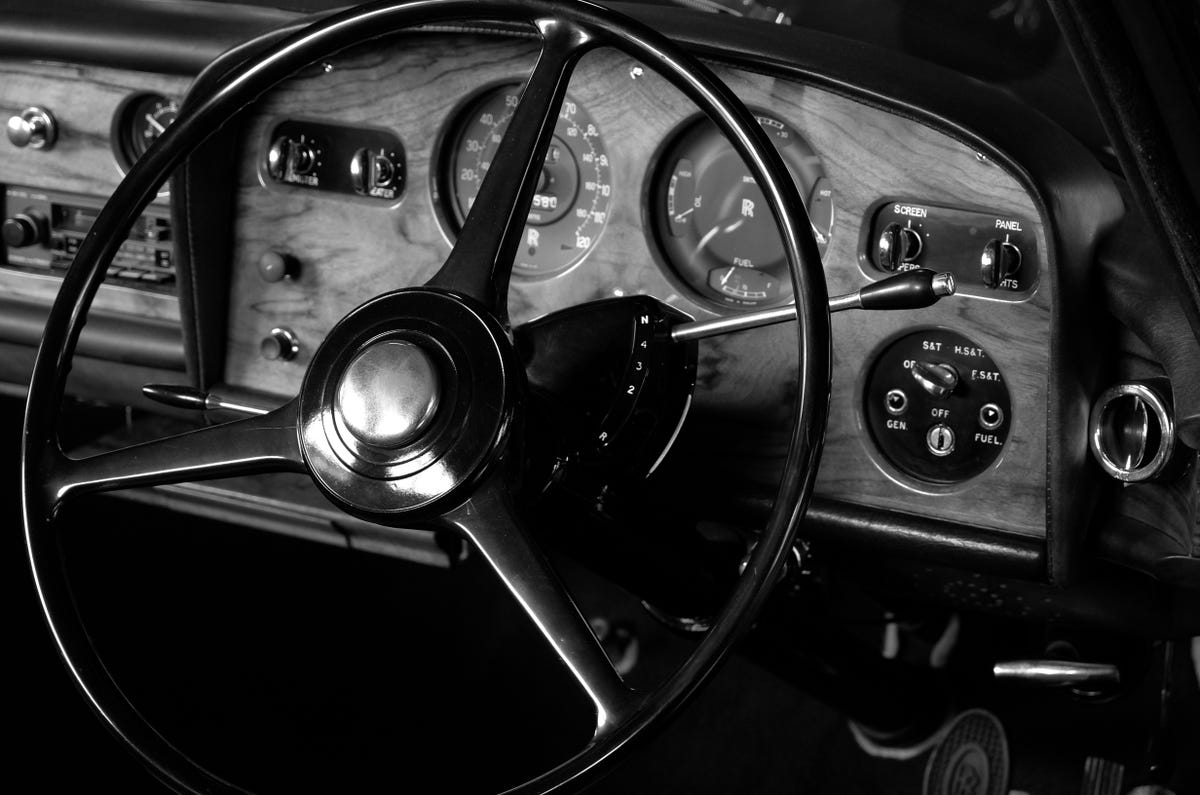
Looks like film
There are a few modes to choose from on the Leica T to emulate the look and feel of film stock. These include standard, vivid, natural, black-and-white natural, and black-and-white high contrast, as seen here.
The touchscreen interface makes it pretty easy to switch between the different modes. Simply press the camera icon on the screen to enter into the menu and find the film mode setting.
Vivid film mode
Despite a rather dreary day, the Leica T brings a pop of colour to this scene (taken through a transparent umbrella) thanks to the vivid film mode.
Clean at ISO 400
It's pretty rare to see a kit 18-55mm (or in Leica's case, 18-56mm) lens that's sharp as a tack. It makes sense given Leica's lens technology and the asking price, which will be in the region of US$1750/£1250/AU$2300. That's on top of the body-only price, which comes in at US$1850/£1350/AU$2300.
All the images in this gallery were taken using this lens, though there will also be a 23mm T-mount prime available at launch.
Auto white balance
All the standard exposure modes are available on the Leica T, from full automatic through to manual control. Once you have chosen a mode from the touchscreen, the contextual icons on the screen change to indicate what each of the two dials at the top of the camera control.
This photo, taken in aperture priority and with automatic white balance, shows a nice even exposure. Skin tone looks natural (if a little warm) and detail well-represented.
ISO 3200
What to take photos of with an expensive camera? Expensive cars, of course.
Under indoor fluorescent lighting, the auto white balance on the Leica T does a great job of delivering true to life colour.
Night at ISO 3200
The Leica T does a decent job of keeping noise levels down in low-light conditions, despite high ISO sensitivities. This shot was taken at ISO 3200 in program mode (so the exposure was taken care of automatically) and at reduced magnification looks pretty clean.
Sharp at f9
Another example of how sharp the kit 18-56mm lens can be. Of course, most lenses produce images that look pretty sharp when observed at reduced magnification, so the real test stands at the 100 per cent crop, seen on the next slide.
100 percent crop
The 100 percent crop is pretty sharp indeed. This crop was taken from the DNG, which is the most representative of image quality and lens sharpness as there's no additional JPEG in-camera processing. You can also probably see that this version is in colour, straight out of camera, as opposed to the black-and-white processing of the in-camera JPEG.
No distortions
Shooting top-down at a reasonably wide focal length gives the opportunity to see if the 18-56mm lens shows distortions. Fortunately, things look pretty even. Other kit lenses usually show barrel distortions, where straight lines appear to bend in at the corners of the frame.
Standard film mode
This image was taken using the default (standard) film mode. The exposure is even but colours look quite subdued compared to the vivid preset.

